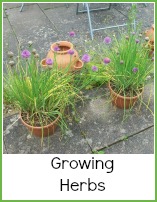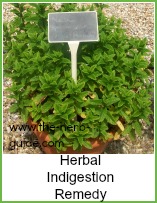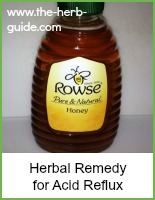- The Herb Guide Home
- A-Z Herbs
- Growing Anise
Growing Anise
As an Amazon Associate I earn from qualifying purchases

Growing anise seeds indoors is the safest way to start the plants in colder areas as it is a slightly tender annual.
It gives a flavor of aniseed to your food.
It is a pretty plant with purple flower spikes in

You can try a sample lesson to help you decide if the Herbal Academy of New England is the right choice for you - follow the link below.
The seeds are used as a flavoring in breads and cakes, sweets and creams, in a marinade for fish and to flavour liquers and cordials.
It is also useful for treating indigestion. Pour one cup of boiling water onto ½ teaspoon of seeds and leave to stand for five minutes before drinking.
Grow Anise
Select a sunny, sheltered spot with fertile soil.
Sow indoors in mid spring and plant out in late spring one foot (30cm) apart.
Keep free from weeds and water frequently. Protect against winds.
Anise should flower in the midsummer.
Harvesting Anise
When the flowers have faded, the seed heads will turn greyish brown in the fall (autumn).
They usually only ripen in warm summers.
Take the seed heads off and put them into a brown paper bag.
They should burst open and then you can store them in an airtight jar out of direct light.
Use some of the seeds to sow for a crop next year.
Rescue Remedy for Anise
If you’re lucky enough to find anise growing in your garden, but it’s
overrun then you deal with it as you would any annual plant.
Harvest the seeds in the first year as above and then dig up the plants and weed the area thoroughly. Use some of the seeds to start next year’s crop.
These pages will also interest you
I may receive a commission if you purchase something mentioned in this post. See more details here This will not affect the amount you pay.




